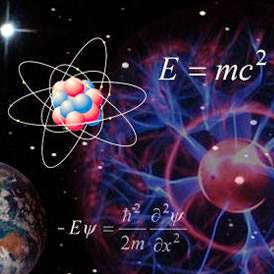Photodetectors – devices that detect light by converting optical signals into electrical current – are routinely employed in applications such as communications, sensing and imaging. Most light detectors are made of III-V semiconductors like gallium arsenide and they work by absorbing photons to produce electron-hole pairs that then separate and generate an electrical current.
Graphene – a sheet of carbon just one atom thick – has a number of unique physical and mechanical properties that make it ideal for detecting light. One important advantage is that electrons move much faster through graphene than through other materials. They behave, in fact, as if they had no mass and travel at 1/300 the speed of light. These particles are called massless Dirac fermions and their behaviour could be exploited in a host of applications, including transistors that are faster than any that exist today.
Nano Tech Web: How does graphene convert light into electricity?
Nano Tech Web: How does graphene convert light into electricity?


No comments:
Post a Comment